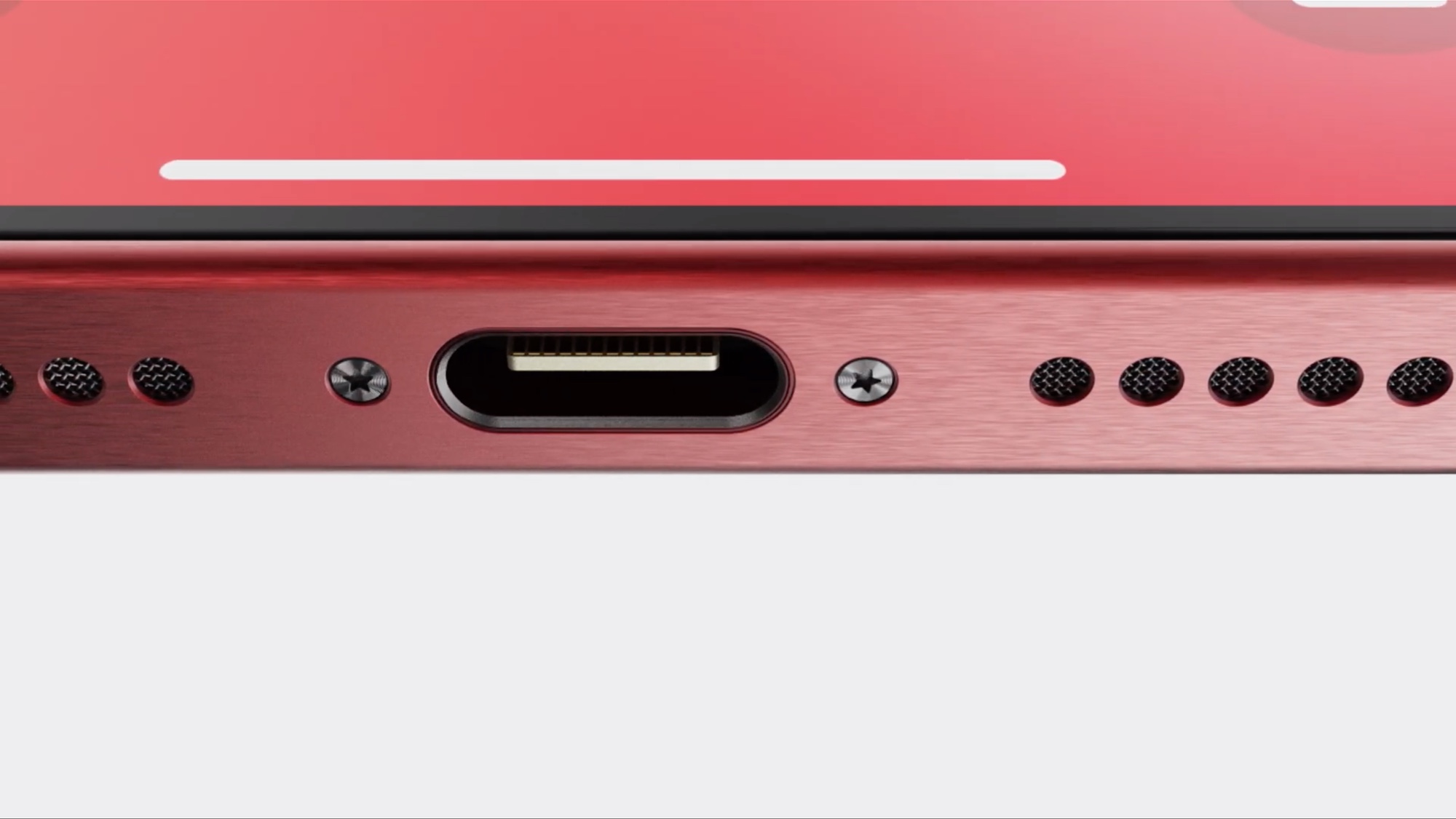iPhone 15 USB-C: Watch Apple celebrate the move it didn't want to make
Apple's hand was forced on a big rumored change to the iPhone

When Apple shows off the iPhone 15 at the Wonderlust product event on Tuesday (September 12), those new phones are going to feature something you probably thought would never appear on an iPhone — a USB-C port. That announcement will be accompanied by Apple executives detailing the merits of a switch to USB-C, portraying it as a big step forward for both the iPhone and the people who rely on Apple's handsets.
Something Apple will not mention: It's making this change at the point of bayonet.
Apple didn't decide to drop the Lightning port on its phones all by itself. Rather, this is dictated by regulators in Europe who passed a requirement that any device sold on the continent use a common charging standard. The EU gave companies until the end of 2024 to comply with the rule, so Apple's actually making the switch early, but make no mistake — this is something the company would not be doing otherwise, as evidenced by its vociferous objections as the regulation was being formulated.
I'm mentioning this now because Apple surely isn't going to during Tuesday's big product launch. It's simply not Apple's style to acknowledge that its hand might have been forced; rather, the company's instinct is to act like everything was its idea the whole time. As Bloomberg's Mark Gurman observed in a column on the iPhone 15's move to USB-C, "When it’s introducing a new product or dealing with the media, it always wants to operate from a position of strength."
You don't have to search too deeply into Apple's history to find instances where the company put a positive spin on a move it didn't necessarily plan on making. Apple was one of the last phone makers to embrace big-screen phones, offering 4-inch displays up until 2014's iPhone 6 Plus at a time when the rest of the industry had moved toward phablets. A decade earlier, Apple switched the processors in its Mac from PowerPC silicon to Intel chips after it became apparent the former's performance just couldn't keep pace.
Apple's USB-C switch — pros and cons
Just like in those instances, Apple can at least point to multiple benefits of adopting USB-C for its iPhones. USB-C promises faster data transfer speeds than Lightning, and there's the possibility you'll be able to charge your iPhone faster, too. (That said, Apple is likely to reserve faster charging speeds as a feature for the iPhone 15 Pro, as it looks to sell the advantages of paying up for the pricier iPhone models.)
USB-C is more widespread, too, making it easier to pick up cables and other accessories that will work with iPhones. It also means that the iPhone will join the Mac and iPad lineups in offering devices with USB-C ports. That puts an end to needing a different type of cable for your phone and your tablet, for instance.
Sign up to get the BEST of Tom's Guide direct to your inbox.
Get instant access to breaking news, the hottest reviews, great deals and helpful tips.
That said, a transition to USB-C won't be a painless one. Long-time iPhone users have probably amassed a lot of Lightning-based accessories and cables over the years, which will need to be replaced should they upgrade to the iPhone 15. You'd imagine Apple might sell dongles to help with connectivity issues. You would also hope that Apple, given its focus on environmental issues and sustainability, would come up with some sort of Lightning cable collection program to ease the impact on landfills, though nothing's been rumored along those lines.
USB-C outlook
Still, the advantages of adding a USB-C port to the iPhone far outweigh concerns about the initial transition. The prospect of charging speeds topping the current 20W limit — even if that's just on the iPhone 15 Pro and iPhone 15 Pro Max — is reason enough to celebrate the switch.
Expect Apple to emphasize that celebratory aspect on Tuesday. And then you can think about how even more enthusiastic Apple might be about USB-C if any of this were the company's idea in the first place.
More from Tom's Guide
Philip Michaels is a Managing Editor at Tom's Guide. He's been covering personal technology since 1999 and was in the building when Steve Jobs showed off the iPhone for the first time. He's been evaluating smartphones since that first iPhone debuted in 2007, and he's been following phone carriers and smartphone plans since 2015. He has strong opinions about Apple, the Oakland Athletics, old movies and proper butchery techniques. Follow him at @PhilipMichaels.

